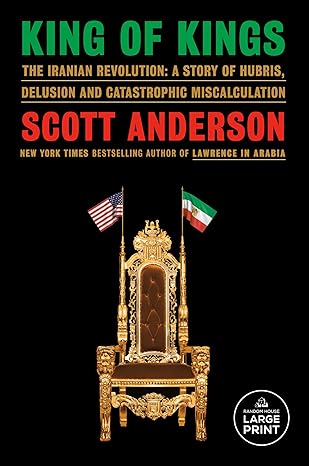For Hitler and the German military, 1942 was a key turning point of World War II, as an overstretched but still lethal Wehrmacht replaced brilliant victories and huge territorial gains with stalemates and strategic retreats. In this major reevaluation of that crucial year, Robert Citino shows that the German army's emerging woes were rooted as much in its addiction to the "war of movement"-attempts to smash the enemy in "short and lively" campaigns-as they were in Hitler's deeply flawed management of the war. From the overwhelming operational victories at Kerch and Kharkov in May to the catastrophic defeats at El Alamein and Stalingrad, Death of the Wehrmacht offers an eye-opening new view of that decisive year. Building upon his widely respected critique in The German Way of War, Citino shows how the campaigns of 1942 fit within the centuries-old patterns of Prussian/German warmaking and ultimately doomed Hitler's expansionist ambitions. He examines every major campaign and battle in the Russian and North African theaters throughout the year to assess how a military geared to quick and decisive victories coped when the tide turned against it. Citino also reconstructs the German generals' view of the war and illuminates the multiple contingencies that might have produced more favorable results. In addition, he cites the fatal extreme aggressiveness of German commanders like Erwin Rommel and assesses how the German system of command and its commitment to the "independence of subordinate commanders" suffered under the thumb of Hitler and chief of staff General Franz Halder. More than the turning point of a war, 1942 marked the death of a very old and traditional pattern of warmaking, with the classic "German way of war" unable to meet the challenges of the twentieth century. Blending masterly research with a gripping narrative, Citino's remarkable work provides a fresh and revealing look at how one of history's most powerful armies began to founder in its quest for world domination.
چکیده فارسی
برای هیتلر و ارتش آلمان، سال 1942 نقطه عطف کلیدی جنگ جهانی دوم بود، زیرا ورماخت بیش از حد کشنده اما همچنان کشنده، پیروزی های درخشان و دستاوردهای بزرگ سرزمینی را با بن بست و عقب نشینی های استراتژیک جایگزین کرد. رابرت سیتینو در این ارزیابی مجدد بزرگ از آن سال حساس، نشان میدهد که مصیبتهای نوظهور ارتش آلمان به همان اندازه ریشه در اعتیادش به «جنگ جنبش» داشت - تلاش برای درهم شکستن دشمن در لشکرکشیهای «کوتاه و پر جنب و جوش» مدیریت عمیقاً ناقص جنگ هیتلر. مرگ ورماخت از پیروزیهای عملیاتی قاطع در کرچ و خارکف در ماه مه گرفته تا شکستهای فاجعهبار در العلمین و استالینگراد، چشمانداز جدیدی از آن سال سرنوشتساز ارائه میدهد. سیتینو با تکیه بر نقد بسیار مورد احترام خود در «راه آلمانی جنگ» نشان میدهد که چگونه لشکرکشیهای سال 1942 با الگوهای قرنها گرمزدایی پروس/آلمانی تناسب داشت و در نهایت جاهطلبیهای توسعهطلبانه هیتلر را محکوم کرد. او تمام مبارزات و نبردهای مهم در تئاترهای روسیه و آفریقای شمالی را در طول سال بررسی میکند تا ارزیابی کند که چگونه ارتشی که برای پیروزیهای سریع و قاطع آماده شده بود، در زمانی که موج بر خلاف آن بود، مقابله کرد. سیتینو همچنین دیدگاه ژنرال های آلمانی از جنگ را بازسازی می کند و موارد احتمالی متعددی را که ممکن است نتایج مطلوب تری به همراه داشته باشد، روشن می کند. علاوه بر این، او به تهاجمی شدید فرماندهان آلمانی مانند اروین رومل اشاره می کند و ارزیابی می کند که چگونه سیستم فرماندهی آلمان و تعهد آن به "استقلال فرماندهان زیردست" تحت فشار شست هیتلر و رئیس ستاد ژنرال فرانتس هالدر آسیب دیده است. بیش از نقطه عطف یک جنگ، سال 1942 مرگ یک الگوی سنتی و قدیمی از گرم شدن را رقم زد، با «شیوه جنگ آلمانی» کلاسیک که قادر به مقابله با چالش های قرن بیستم نبود. کار قابل توجه سیتینو با ترکیب تحقیقات استادانه با روایتی جذاب، نگاهی تازه و آشکار به چگونگی تأسیس یکی از قدرتمندترین ارتش های تاریخ در تلاش برای تسلط بر جهان ارائه می دهد.
ادامه ...
بستن ...
- ISBN-10 : 0700615318
- ISBN-13 : 978-0700615315
ادامه ...
بستن ...










